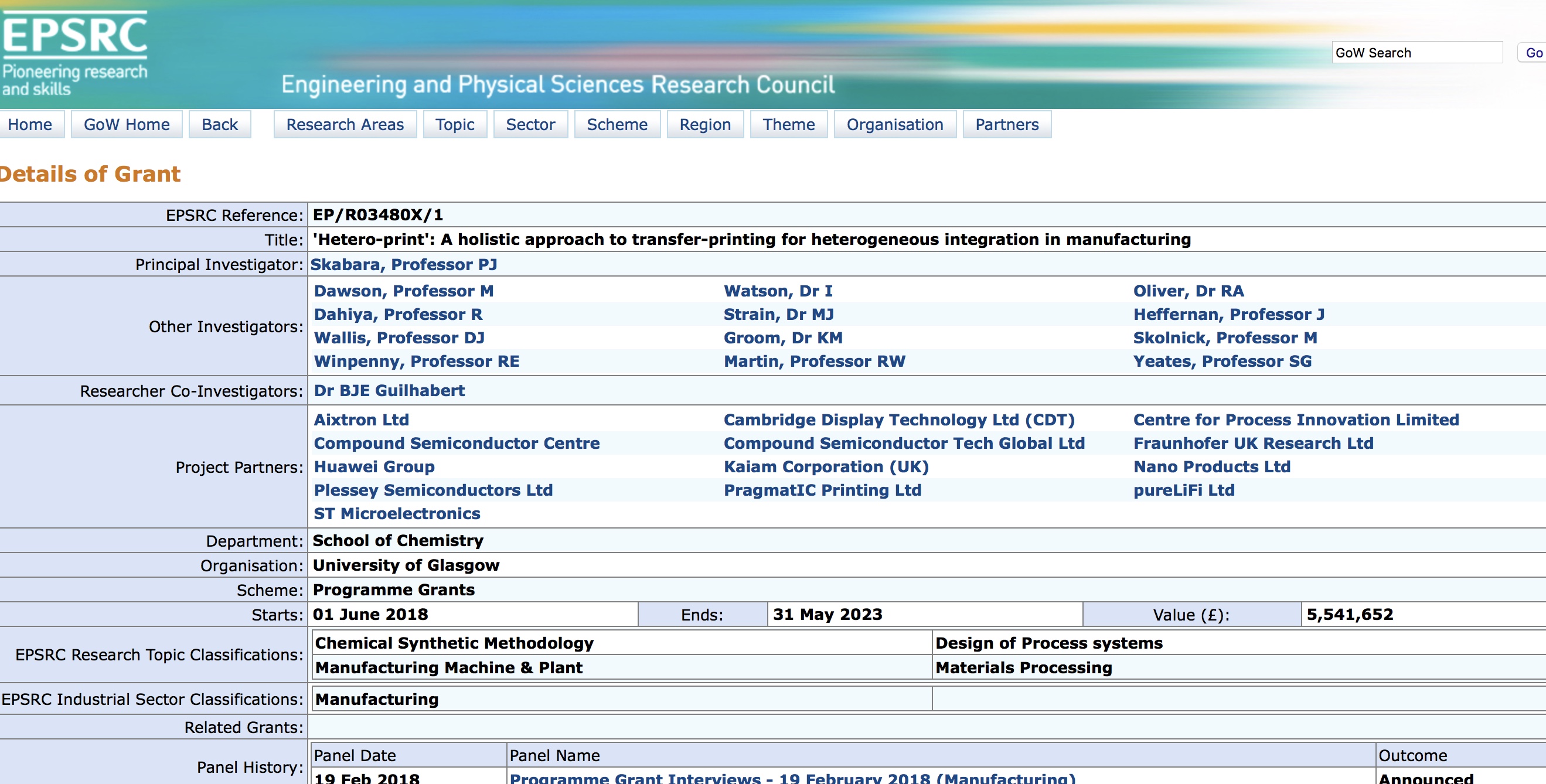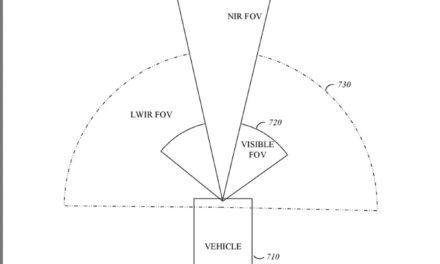A new form of electronics manufacturing which embeds silicon nanowires into flexible surfaces could lead to radical new forms of bendable electronics, scientists say.
In a new paper published Monday in the journal Microsystems and Nanoengineering, engineers from the University of Glasgow describe how they have for the first time been able to affordably ‘print’ high-mobility semiconductor nanowires onto flexible surfaces to develop high-performance ultra-thin electronic layers.
Those surfaces, which can be bent, flexed and twisted, could lay the foundations for a wide range of applications including video screens, improved health monitoring devices, implantable devices and synthetic skin for prosthetics.
The paper is the latest development from the University of Glasgow’s Bendable Electronics and Sensing Technologies (BEST) research group, led by Professor Ravinder Dahiya.
The BEST team has already developed innovative technologies including solar-powered, flexible ‘electronic skin’ for use in prosthetics and stretchable health sensors which can monitor the pH levels of users’ sweat.
In their paper, the research team outline how they manufactured semiconductor nanowires from both silicon and zinc oxide and printed them on flexible substrates to develop electronic devices and circuits. In the process, they discovered that they could produce uniform silicon nanowires which aligned in the same direction, as opposed to the more random, tree-branch-like arrangement produced by a similar process for zinc oxide.
Since electronic devices run faster when electrons can run in straight lines as opposed to having to negotiate twists and turns, the silicon nanowires were best suited to use in their flexible surfaces.
From there, the team engaged in a series of experiments to print the wires into flexible surfaces with a printing device they developed and built in their lab. After a series of experiments, they were able to find the optimal combination of pressure and velocity to effectively print the nanowires time after time.
“This paper marks a really important milestone on the road to a new generation of flexible and printed electronics,” Dahiya said. “In order for future electronic devices to integrate flexibility into their design, industry needs to have access to energy-efficient, high-performance electronics which can be produced affordably and over large surface areas. With this development, we’ve gone a long way to hitting all of those marks. We’ve created a contact-printing system which allows us to reliably create flexible electronics with a high degree of reproducibility, which is a really exciting step towards creating all kinds of bendable, flexable, twistable new devices.
The paper, titled “Heterogeneous Integration of Contact-printed Semiconductor Nanowires for High Performance Devices on Large Areas,” is published in Microsystems and Nanoengineering. The research was supported by funding from the Engineering and Physical Sciences Research Council (EPSRC).
For more information on the BEST Group’s ESPRC-funded Heteroprint project, go to https://tinyurl.com/y89nnbmb .




